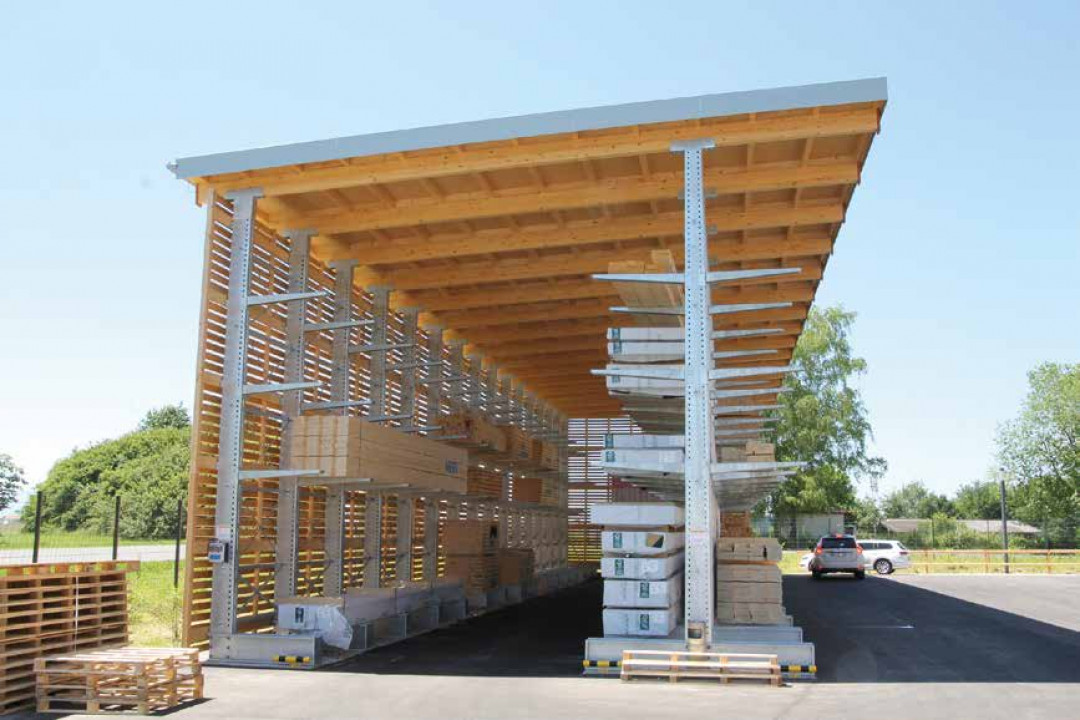
Elvedi, Montabaur, provides information on which specifications and factors should be taken into account when maintaining racking systems.
The risk of damage to racking, such as collapse, is very high in logistics warehouses, as the constant order picking puts a lot of strain on the racking. Lift trucks and other industrial trucks such as forklifts are also increasingly being used. To rule out incidents, specialists must carry out regular rack inspections. The requirements for these inspections are set out in the racking inspection obligation in accordance with DIN EN 15635 as well as in the Industrial Safety Ordinance and the Occupational Health and Safety Act.
According to the employers' liability insurance association, the inspection obligation applies to all types of racking. This includes pallets and cantilever racking, shelving racks, multi-storey systems and flow racks. The racking inspection obligation in accordance with DIN EN 15635 specifies, among other things, how and at what intervals the racking must be inspected. Three different types of inspection and their intervals are defined. Basically, the standard distinguishes between immediate notification, visual inspection and expert inspection. If damage to a shelf is communicated immediately after it is caused, this is called "immediate notification". The "visual inspection" involves a regular, usually weekly, inspection of the racking system. This is carried out by an employee who has been instructed in racking inspection and then prepares a results report. The "expert inspection" describes a detailed inspection of the entire racking system. A racking inspector must check all racking and its condition at least once every twelve months. If damage is detected during a racking inspection, it is assigned to one of three damage classes. A traffic light system is used for this.
The European standard DIN EN 15635 recommends replacing damaged shelving components with original parts - otherwise the manufacturer's warranty will be invalidated. Modifications to a shelving system should always be carried out in accordance with the current state of the art. Furthermore, modifications to the racking system entail additional obligations for the warehouse operator. Chapter 7 of DIN EN 15635 stipulates that the racking manufacturer or a suitable specialist must be consulted for all modifications.

